In serious competitive chess the play is regulated by time limits for completion of the moves. In the mid-19th century, players could take as long as they wished over their moves. This proved unsatisfactory and it was recognised that time needed to be rationed and the failure to meet time control would result in the loss of the game.
There have been freak accidents with time restrictions. In the first round of Hastings 1895, the German grandmaster Dr Siegbert Tarrasch lost on time with one move to go against Amos Burn. The reason for Tarrasch’s time forfeit was that he had written his own name in the space for his first move. His opponent tried to make him aware of the blunder, but the dogmatic German refused to take heed until his clock flag had fallen. A quick reconstruction showed that Burn had been right.
Another weird occurrence involving clocks came in the Smyslov-Botvinnik, 15th match game in the World Championship, Moscow 1958. Having reached a highly advantageous endgame with two bishops against bishop and knight and a superior pawn structure, Botvinnik forgot about the clock and lost on time.
Magnus Carlsen has just made the same mistake in the super-tournament in Stavanger, Norway. Entirely unnecessarily, he lost on time to the Bulgarian grandmaster Veselin Topalov, whose position was in fact hopeless.
Carlsen-Topalov: Norway 2015 (diagram 1)
Black had just played his 60th move and Carlsen believed he had 15 minutes to make his next move, as was customary in previous years. However, the time control had been altered and players had just 30 seconds per move from here on. This had been announced more than once and Carlsen should have realised.
In terms of the position on the board, Carlsen is winning because his queen and bishop can co-ordinate effectively. A typical line is 61 Bc4+ Ke8 62 Bb5+ Kf7 63 Qf5+ Ke7 64 Qd7+ Kf6 65 Qd8+ Kg7 66 Qe7+ Kh6 67 Qf6+ Kh7 68 Bd3+ Kg8 69 Bc4+ Kh7 70 Qf7+ Kh6 71 Qf8+ Kg5 72 Qg7+ Kf5 73 g4+ Ke4 74 Qg6+ Ke5 75 Qe6+ Kd4 76 Qb6+ winning the queen.
Carlsen also played weakly in the next round against Fabiano Caruana and lost again.
Caruana-Carlsen: Norway 2015 (diagram 2)
Black has a poor version of the Berlin Wall endgame as White is effectively playing with an extra pawn on the kingside. Caruana swiftly energised his pawn majority and Carlsen had no answer. 30 Nh5 Bd6 31 Rf3 Rh7 32 Re3 Re7 33 f4 Ba3 34 Kf3 Bb2 35 Re2 Bc3 36 g5 Kd7 37 Kg4 Re8 38 Ng3 Rh8 39 h4 b6 40 h5 c5 41 g6 Re8 42 f5 exf5+ 43 Kf4 Rh8 44 Nxf5 Bf6 45 Rg2 Black resigns
This week’s puzzle is taken from the pre-tournament Blitz event which was won by Maxime Vachier-Lagrave.
Got something to add? Join the discussion and comment below.
Get 10 issues for just $10
Subscribe to The Spectator Australia today for the next 10 magazine issues, plus full online access, for just $10.
You might disagree with half of it, but you’ll enjoy reading all of it. Try your first month for free, then just $2 a week for the remainder of your first year.

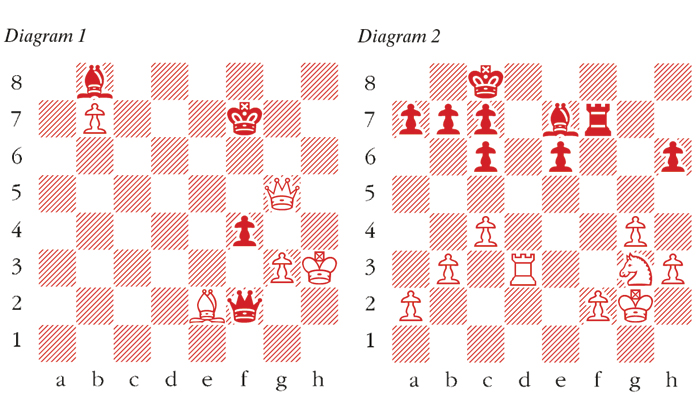
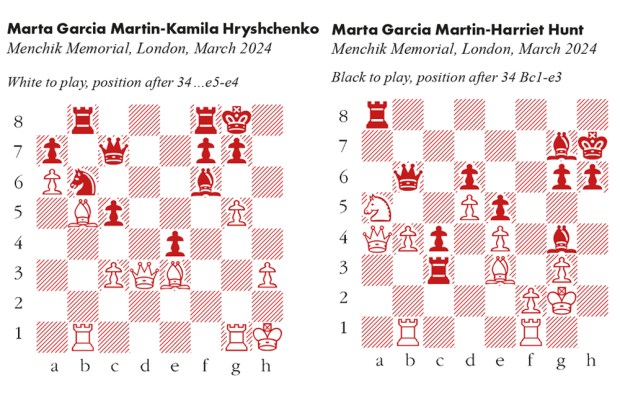

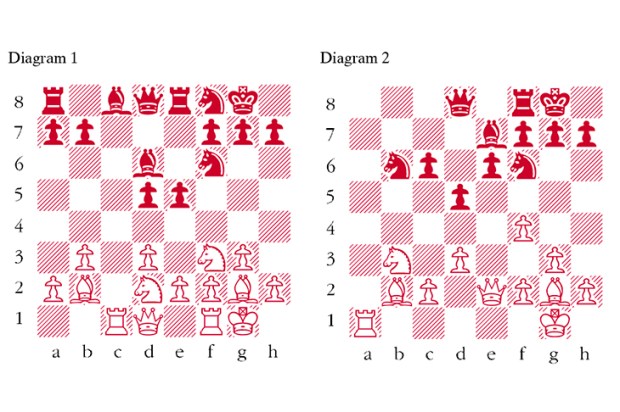
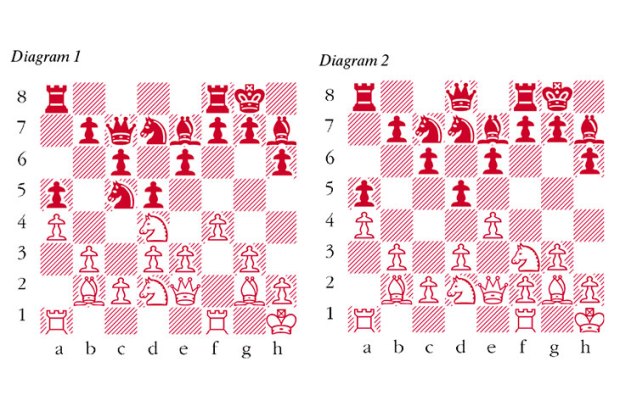
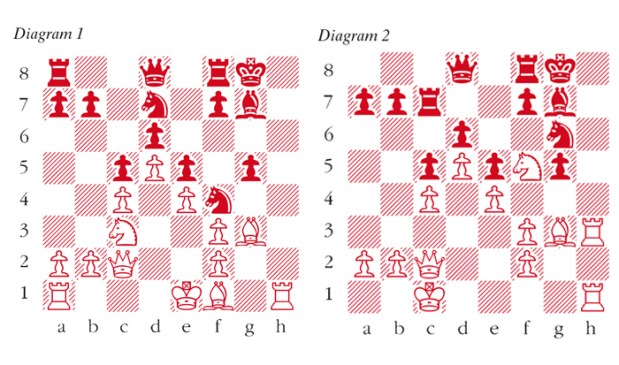
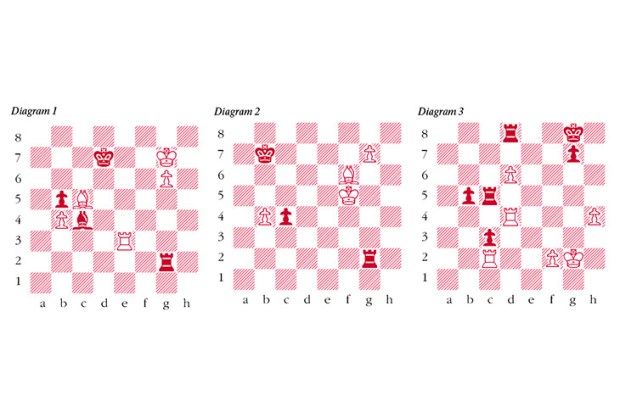






Comments
Don't miss out
Join the conversation with other Spectator Australia readers. Subscribe to leave a comment.
SUBSCRIBEAlready a subscriber? Log in